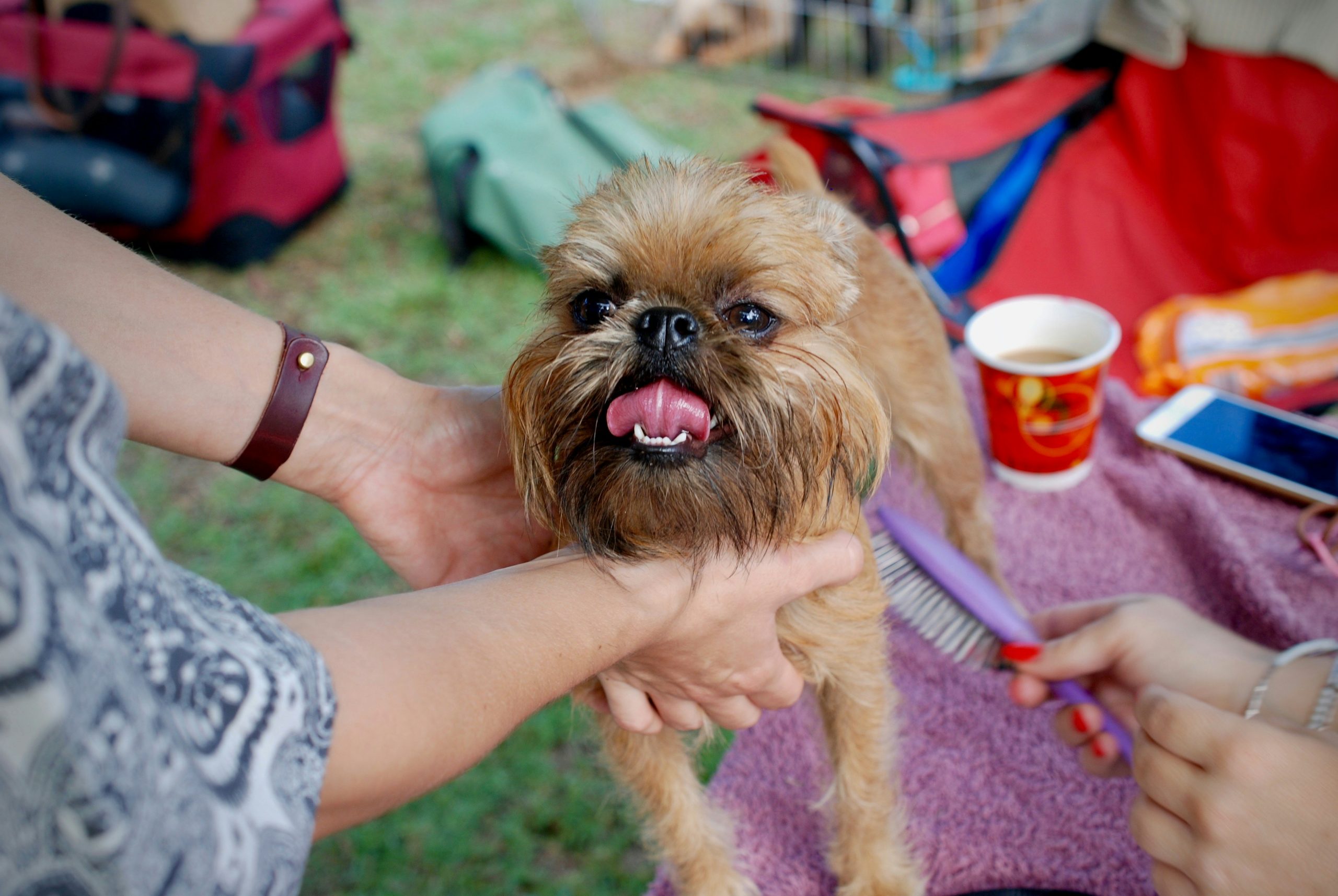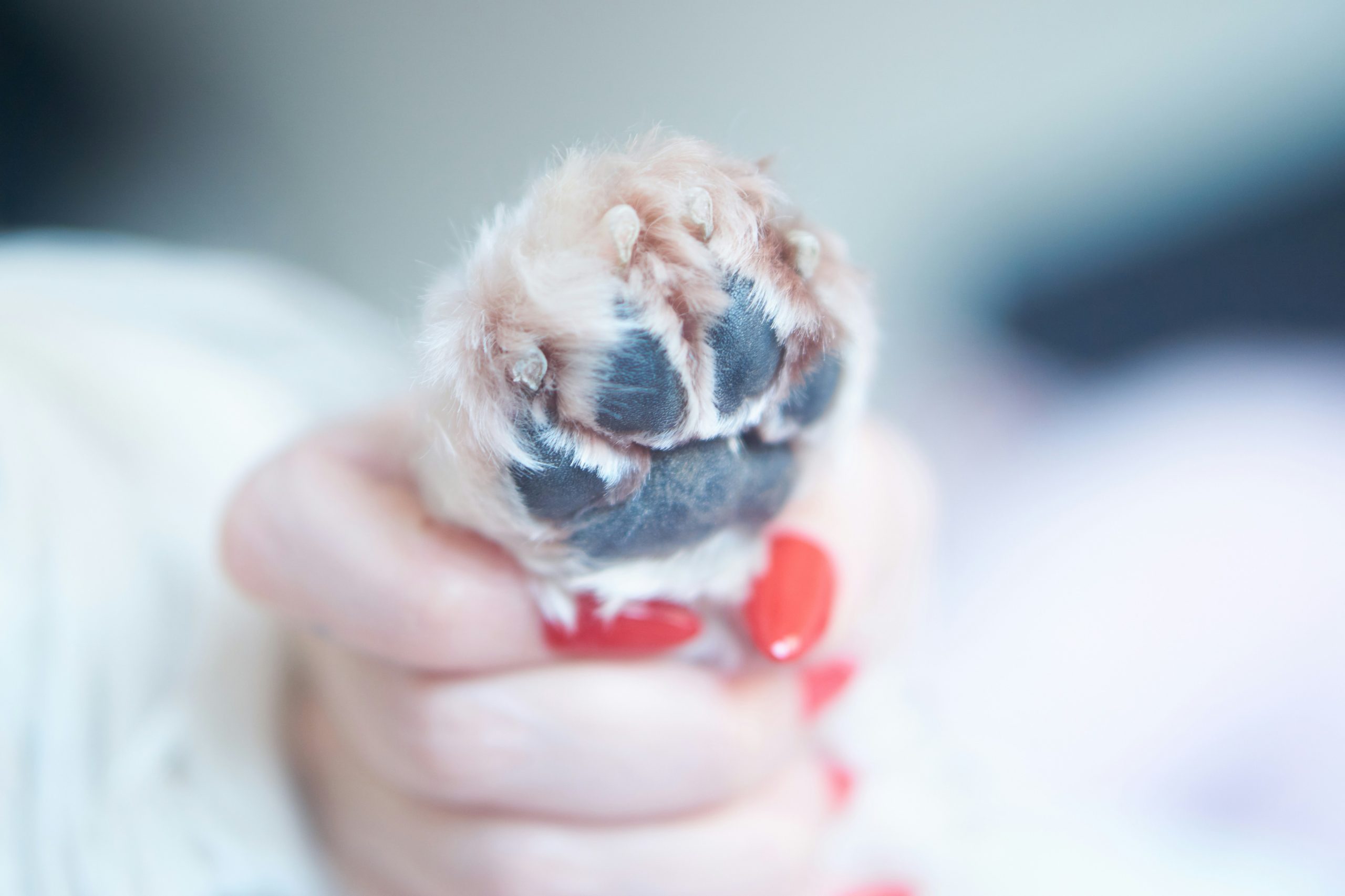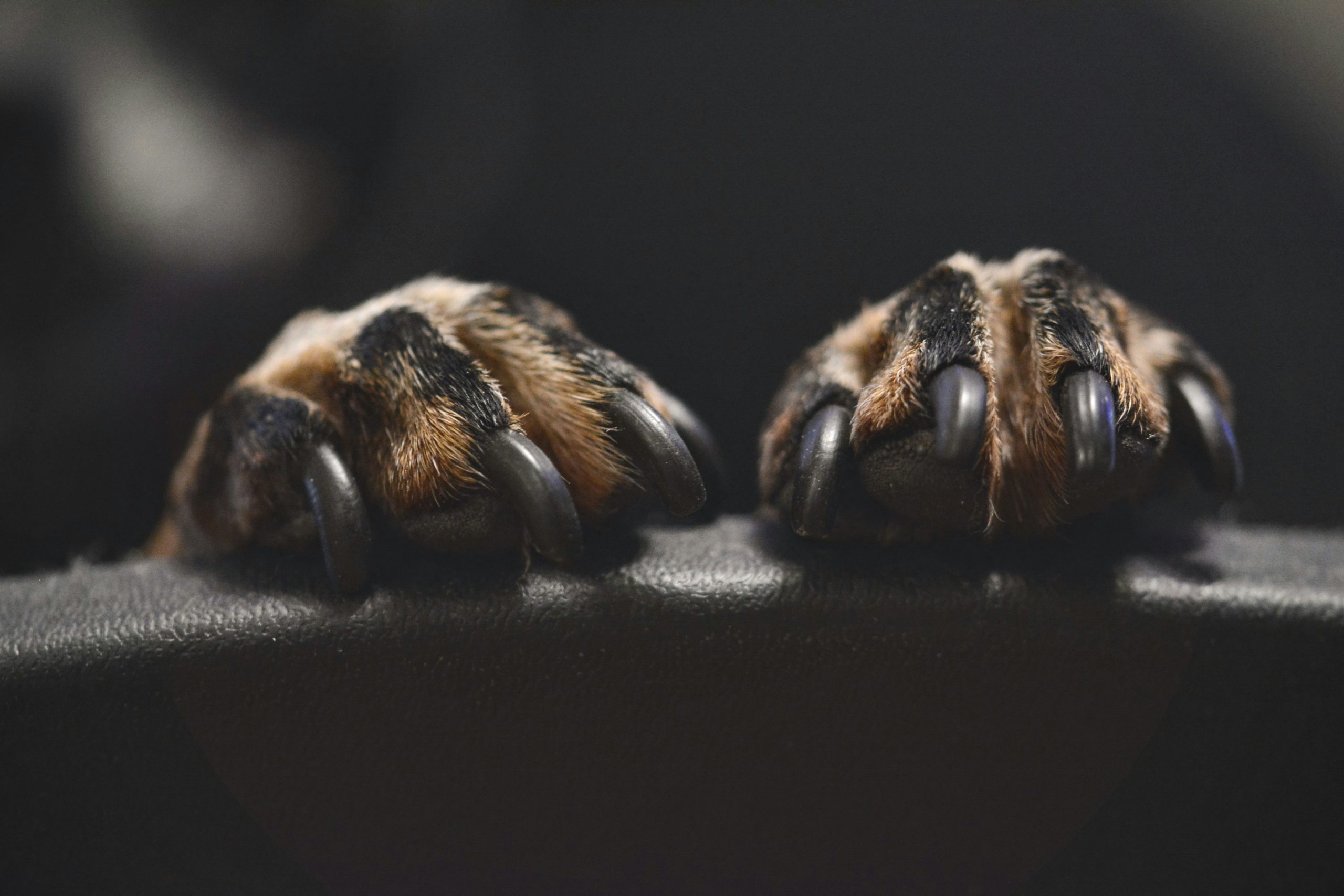The Ultimate Guide to Understanding and Safely Trimming Your Dogs Nails
This article provides an in-depth understanding of a dogs nail anatomy, the functionality of dog nails, best practices for safe nail trimming, potential problems and solutions, and the importance of regular maintenance for a dogs well-being.
The Anatomy of a Dog’s Nail
Understanding the anatomy of a dog’s nail is crucial for safe and effective trimming. It’s important to note that the quick, which contains nerves and blood vessels, is a sensitive part of the nail. This is especially true for black nails, where the quick is not easily visible, and extra care must be taken to avoid cutting into it. On the other hand, white nails make it easier to see the quick from the side, allowing for more precise trimming.
When it comes to dog nail trimmers, there are different styles available, each with its unique functionalities. For example, the scissor-style trimmers are designed to provide a precise and clean cut, making them suitable for dogs with smaller or thinner nails. On the other hand, guillotine-style trimmers work by inserting the dog’s nail into a small hole and then applying pressure to cut the nail. Understanding the specific functionalities of these trimmers can help pet owners choose the right tool for their dog’s nail care needs.
Furthermore, in the event of overcutting a dog’s nail, resulting in bleeding, applying styptic powder can be an effective way to stop the bleeding and alleviate any discomfort for the dog. However, if pet owners are uncertain about the process of trimming their dog’s nails or encounter any issues, seeking guidance from a veterinarian or professional groomer is highly recommended to ensure the dog’s safety and well-being.
Understanding the Functionality of Dog Nails
Understanding the functionality of dog nails is essential for ensuring the overall well-being and comfort of our four-legged friends. Dog nails play a vital role in providing stability and connecting directly to a dog’s skeletal system. For instance, the dewclaws, which some dogs possess on their legs, provide additional stability and help stabilize the wrist joint when they are running or navigating rough terrain. Without properly maintained and trimmed nails, dogs may experience discomfort and instability while walking or running, which can ultimately affect their quality of life.
In addition, the impact of long, misshapen, or ingrown nails on a dog’s toe joints, posture, and balance cannot be overstated. Imagine the discomfort and pain a dog might experience if its nails are overgrown and pressuring its toe joints, affecting its posture, and causing imbalance. This underscores the significance of regular nail maintenance to prevent such issues and ensure that our canine companions can move comfortably and freely. To maintain healthy dog nails, it is crucial to pay attention to their transparency, shape, and length. Transparent and properly shaped nails are indicative of good health, while excessively long or misshapen nails can lead to discomfort and potential health issues. Furthermore, incorporating methods such as using a grinder, fish oil, and providing a balanced diet can contribute to the overall health of a dog’s nails. These measures can help ensure that a dog’s nails are kept at an appropriate length and are less likely to cause discomfort or affect the dog’s mobility and well-being.
Best Practices for Safe Nail Trimming
When it comes to safe nail trimming for dogs, understanding the correct technique is crucial to prevent any potential harm to your pet. One important practice is to cut above the quick, which contains nerves and blood vessels, to avoid causing pain or bleeding. Additionally, keeping the nails at a healthy length is vital for the dog’s comfort and well-being, as overly long nails can lead to discomfort and even affect their posture and balance. For example, if a dog’s nails are too long, they may exert pressure on the toe joints, leading to pain and potential joint issues over time.
Furthermore, the introduction of ToeGrips has been a game-changer in the world of dog nail care. These grips not only improve traction and mobility for senior dogs but also serve as an aid in identifying potential nail problems, such as abnormal wear patterns or discomfort during movement. For instance, if a senior dog is slipping frequently or showing signs of discomfort while walking, it could be an indication of nail-related issues that need attention. Therefore, incorporating ToeGrips into the nail care routine can significantly contribute to a dog’s overall comfort and quality of life.
In addition, having the right tools and being vigilant about potential nail issues are essential best practices for safe nail trimming. For instance, excessive chewing of the feet or persistent swelling may indicate an underlying nail problem that needs to be addressed promptly. Similarly, any discoloration or brittleness of the nails should be carefully monitored as they could be signs of infection or other health issues [4]. Therefore, being proactive in identifying and addressing these potential problems can prevent discomfort and more serious complications related to a dog’s nails.
Potential Problems and Solutions
Proper maintenance of a dog’s nails is essential for their overall health and comfort. When a dog’s nails are not trimmed regularly, they can face a range of issues that impact their well-being. For instance, if the nails become too long, they can lead to ingrown nails, causing pain and potential infection. Additionally, overgrown nails can alter the way a dog walks and stands, resulting in discomfort and even affecting their posture and balance.
Moreover, neglected nail care can also pose risks such as bacterial and fungal infections, broken nails, and overgrowth. Bacterial and fungal infections can occur when dirt and bacteria accumulate under the overgrown nails, leading to discomfort and potential health complications. Broken nails can be painful and lead to bleeding, which may require immediate attention to prevent further discomfort and potential infection. Therefore, it is crucial to maintain a regular nail care routine to prevent these issues and ensure the dog’s overall well-being.
Furthermore, desensitizing an anxious or aggressive dog to nail trimming is important for their mental and emotional well-being. By using gradual introduction and positive reinforcement techniques, such as rewards and treats, dogs can learn to associate the nail trimming process with positive experiences, reducing their anxiety and stress levels. It’s also important to discourage declawing, as it can lead to stability issues, pain, and discomfort for the dog. Instead, focusing on positive reinforcement and gradual desensitization can help dogs feel more comfortable and relaxed during nail trimming sessions, creating a more positive experience for both the dog and the owner.
Conclusion
Understanding the anatomy of a dog’s nail is crucial for safe and effective trimming, as it directly influences the dog’s overall well-being and comfort [1, 2, 3, 4]. When it comes to the functionality of dog nails, they play a critical role in providing stability and are directly connected to a dog’s skeletal system. For instance, the dewclaw, which is often present in some breeds, serves to stabilize the wrist joint when dogs are running, showcasing the intricate purpose of each nail.
Moreover, maintaining healthy dog nails is not just about aesthetics but also about ensuring the dog’s comfort and physical health. For example, long, misshapen, or ingrown nails can exert painful pressure on a dog’s toe joints, affecting their posture and balance. This underscores the necessity of regular nail care to prevent such discomfort and potential health issues. Additionally, healthy dog nails should be transparent and show the pink quick growing in the center, while having an oval shape that starts wider at the base and becomes narrow as they grow, highlighting the specific characteristics of a well-maintained nail.
Furthermore, it is advisable to seek professional help from a veterinarian or groomer if unsure about nail trimming, especially in cases where the dog’s nails are of a darker color, making it challenging to identify the quick. This emphasizes the importance of understanding the dog’s nail anatomy and seeking guidance to ensure the process is conducted safely and effectively. Regular maintenance of a dog’s nails is not just a matter of aesthetics; it is crucial for their overall health and comfort, making it an essential aspect of responsible pet care [1, 2, 3, 4].




